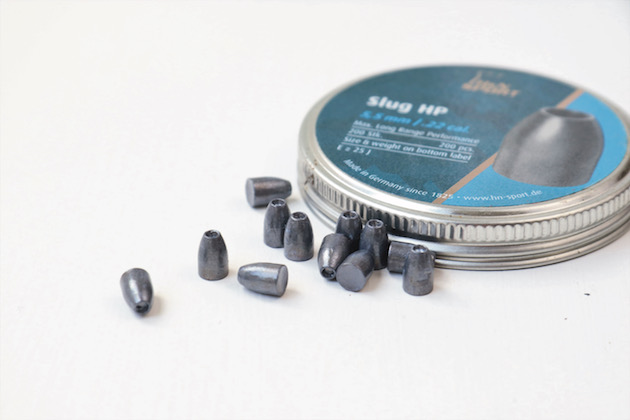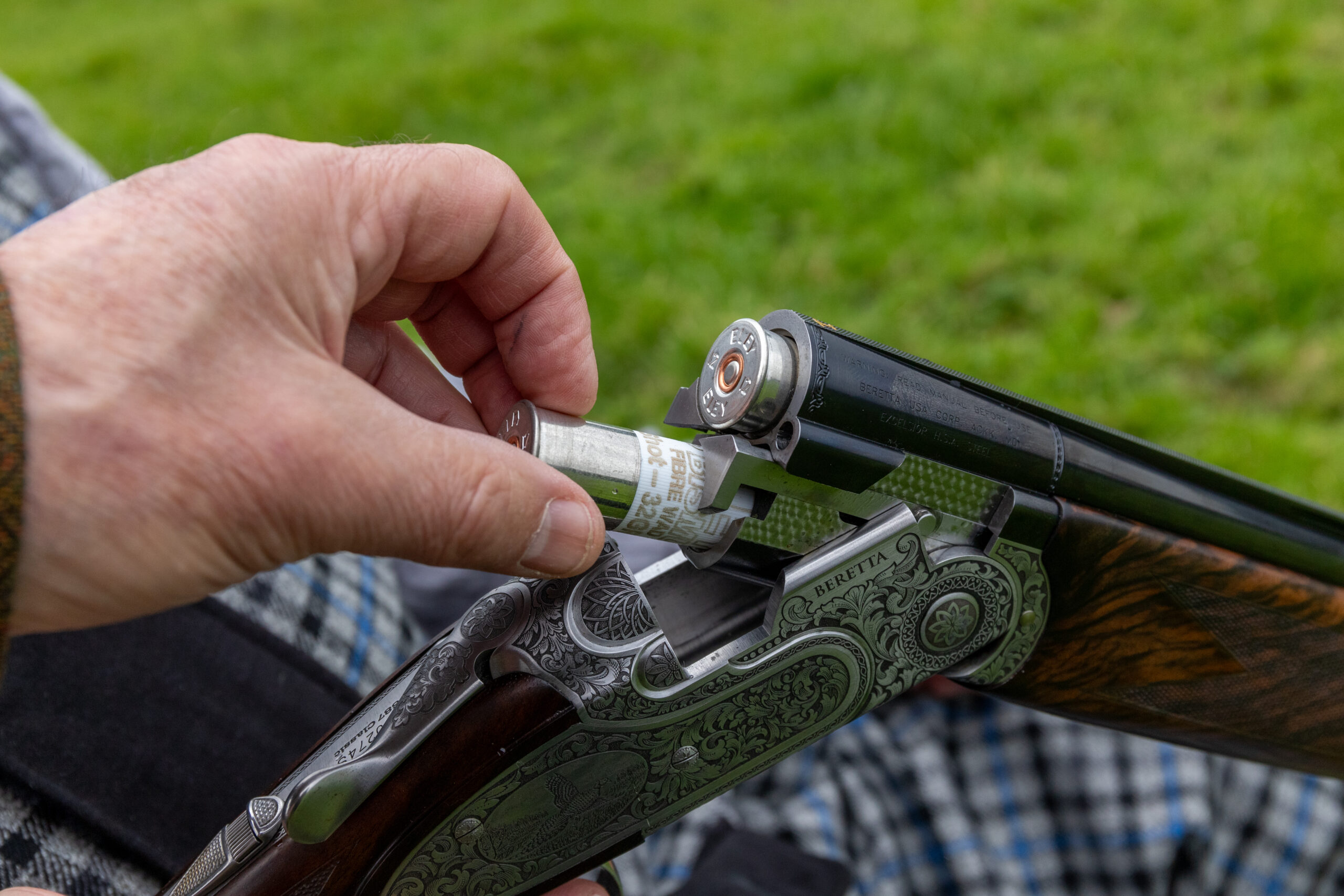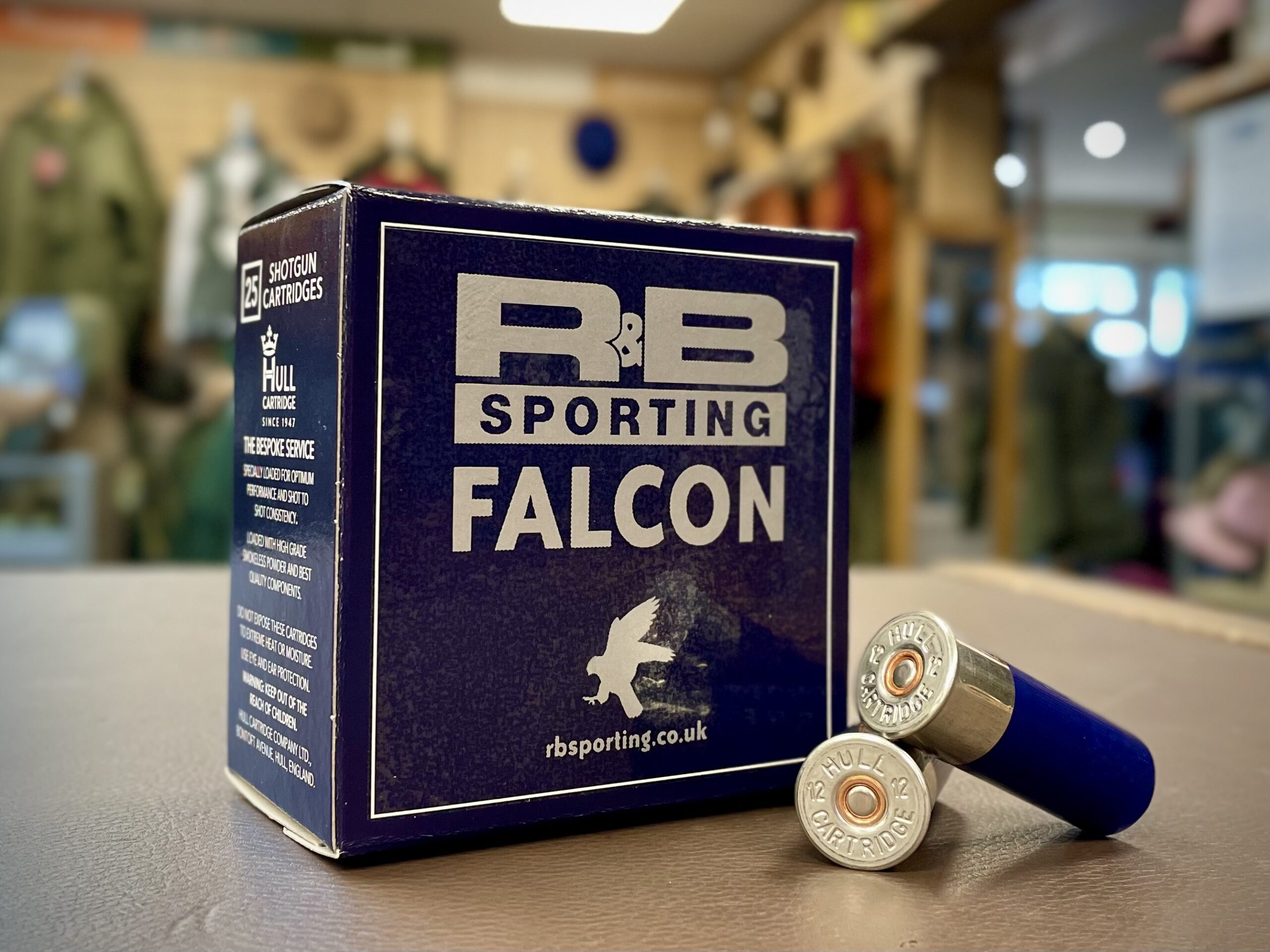How to choose the perfect airgun pellets for your rifle
Airguns are picky about pellets. Matt Clarke offers some tips on finding the right ammo for your airgun.

Slug airgun ammunition can be effective but usually works best with high-power airguns
Having the perfect airgun pellets for your particular gun can make the difference between hit and miss. So how can you decide? Read through the following and you’ll be in a good position to make the right purchase – and make that all-important difference to your shooting. You can find the expert’s recommendations for the best airgun pellets here

Pellets come in all shapes and sizes, but not all of them will be right for your airgun
Perfect airgun pellets for different purposes
There is a dazzling array of pellets on the market, all for different disciplines. They range from pointed ones, hollow points, roundheads and ones with a ball bearing in the nose. But the one you’re most likely to see is the pellet designed for general use, which has a round head.

A magazine of air rifle pellets
The general use round head pellet cuts through the air more efficiently than the other shapes of pellets. This means it loses less energy, is less likely to be blown off course by side winds and flies to the target quicker than any other type of pellet. If you want the technical term, it’s said to have a greater ballistic coefficient (BC).

Wadcutters pellets have flat heads and so a poor ballistic co-efficient (BC). This means they are only good at close ranges.
Pointed pellets are designed for hunting but need to be handled gently as they can often have their points damaged in transit which causes them to be inaccurate. The belief that pointed pellets penetrate deeper than domed designs is something of a myth. Testing suggests that there is little to choose between the two shapes when it comes to penetration and that domed pellets often travel further through bone and tissue. Accuracy is the most important consideration when choosing an airgun pellet for pest control because you usually need to hit your quarry in the head to ensure a clean kill. Domed pellets almost always win in this department — hence their popularity with serious target shooters. Pointed pellets are easily damaged and accuracy goes out of the window when their points are knocked off centre.
Hollow point pellets are designed to work like dum-dum bullets and spread on impact to impart more damage to the quarry. Like flathead pellets these are best used at close-quarters, such as rat shooting because of their poor BC.
What are the calibres of air rifle pellets?
Air rifle pellets come in four main calibres (sizes): .177; .20; .22 and .25, with .177 being the smallest and .25 being the largest. There is also a .303 calibre pellet, but that is rather specialist and was designed for the awesomely powerful FAC-rated Daystate Wolverine.

Getting the right pellet for your air rifle could make you a better hunter
.22 or .177 calibre?
The .22 used to be considered the best option for hunting because it ensured a clean kill due to its energy. However nowadays the smaller .177 calibre is more popular in sub-12ft/lbs air rifles. It doesn’t impart as much energy to the quarry as it is smaller and lighter but, if hit in the right place such as the head, the animal will be killed cleanly.
It is easier to hit the target with a .177 because it has a flatter trajectory (as it is lighter) and so you don’t have to allow as much hold over as you do with a heavier .22.
You should know that pellets in the same calibre can be a slightly different size. For example .22 pellets can be found in 5.50mm or 5.52mm. A larger size won’t damage your barrel, it’s just that some are a slightly tighter fit than others.

With larger pellets such as the .25 the trajectory in a sub 12ft/lbs airgun is rather “loopy” and so it is best to use this calibre for FAC-rated airguns, or for rat shooting where you shoot at relatively close ranges.
Perfect air gun pellets for target shooting?
If you’re in a match, the .177 is the pellet to use. Target pellets often have flat heads and are called wad-cutters because they punch a neat hole in the paper target, which makes scoring easier.
What about pellet weight?
Airgun pellets come in a variety of weights.
A general rule is that low-powered airguns should use lighter pellets and high-powered ones should use heavier pellets. Put a heavy pellet in a low-powered airgun and you will get a trajectory that arcs like a rainbow.

A nice tight grouping is what you strive for
FAC-rated airguns should use heavy pellets to absorb the extra energy that comes from the greater power. For legal limit airguns (those under 12ft/lbs.) pellets of seven to eight grains are good for .177 and 14 to 16 grains in .22.
“You will often find that airguns from the same manufacturer prefer different brands of pellet”
Airguns are known for being fussy about the pellets used. Often an airgun from a certain manufacturer prefers a certain brand of pellet. Perfect airgun pellets really depend on which one is right for your air rifle.
So which should you go for? The only way to find out is by trial and error. Don’t skimp on your research – airgun pellets are pretty cheap and using the right one will make a big difference to your hit rate.
On the other hand if you haven’t got the time or inclination to test out pellets, just buy the the same brand of pellet as your airgun. I have found that my Air Arms S-410 air rifle works well with Air Arms pellets. If the airgun manufacturer doesn’t have its own brand of pellets, it will tell you which pellet its rifles generally prefer.
What about prices of pellets?
More expensive pellets can be better made than cheaper ones but it doesn’t mean they will perform better in your rifle.
For example, one of my old spring-powered air rifles performed best with Milbro pellets, which were very affordable.

Usually you get what you pay for, but expensive pellets might not work in your particular airgun
Top airgun pellet tips
- Always look after your pellets by keeping them in a sturdy container lined with soft material, such as foam, because damaged pellets cause inaccuracy.
- When testing pellets shoot off a bag. It removes the human factor of rifle wobble and gives the pellets a level playing field.
- Pointed hunting pellets often don’t work as well as you might think because the tips of the pellets get damaged in transit, which causes inaccuracy.
Don’t let finding the perfect airgun pellets become an obsession and stop you perfecting your shooting technique. True, the right pellet for your airgun can make all the difference, but even if you choose the right pellet, but still have poor shooting technique, you will miss your target all the same.
Spring-powered air rifles and pellets
- Most spring-powered air rifles work more efficiently with lightweight pellets, as do CO² rifles, while PCP air rifles are more efficient with a heavy pellet.
- These rules apply to diablo-shaped lead pellets but there are now pellets on the market of more advanced and aerodynamic design that will give efficient results in most air rifle barrels with regard to bore size, type and direction, pitch of rifling and whether or not the barrel is choked at the muzzle.
- As a general rule of thumb, in spring-powered rifles the head of the pellet should be the same size as the bore or land size, and the skirt diameter should be the same size as the groove diameter of the barrel.

.22 non lead air rifle pellets
Lead-free air rifle pellets
Are these pellets as accurate as traditional airgun ammunition and could they harm gun barrels? Go for a quality brand and the finish and consistency should certainly be on a par with lead ammunition. But lead-free pellets are usually lighter than their lead counterparts so wind can have a serious impact on accuracy. This can make shot placement unpredictable at longer ranges. (See here for our list of the best lead-free air rifle pellets).
What’s the difference between air rifle pellets and slugs?
At the beginning of the 20th century most, if not all, ammunition for air-powered firearms was in the form of cup-shaped lead slugs. These were made by a number of manufacturers in various sizes.
- No. 1 bore (.177in)
- No. 2 bore (.22in)
- No. 3 bore (.25in).
Airgun slugs were marketed for use in smoothbore airguns, and air rifle pellets were introduced for rifled airguns. They were not fully interchangeable, but pellets dominated the market despite being twice as expensive as slugs.
A: Loading airgun pellets backwards is unlikely to harm your barrel but it is not conducive to accurate airgun shooting either. Airgun ammunition is designed to be propelled by a blast of air that is captured by the skirt at the rear of the pellet, and to rotate around the pellet’s waist as it travels through the air, nose forward. Pellets that are loaded backwards tend to perform very poorly downrange, and group extremely inconsistently at anything much more than 10m.

Slug airgun ammunition can be effective but usually works best with high-power airguns
Slug ammunition?
How to match the pellet to your air rifle barrel












